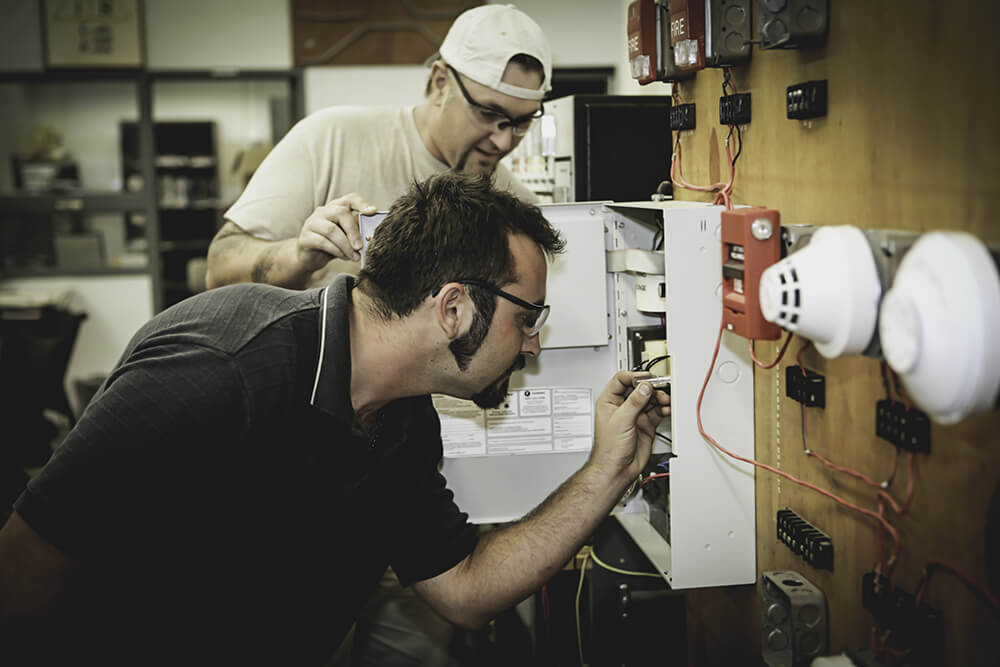DRYING OF TRANSFORMER INSULATION: WHEN IS IT NEEDED?
Transformer insulation needs drying to fully comply to existing standards and requirements.
The cases in which the drying of transformer is necessary are as follows:
- traces of water were found on the active part or in the tank;
- storage of a transformer without oil exceeded one year;
- self indicating silica gel lost its blue color as it absorbed moisture;
- active part of a transformer was exposed to an outside air for longer than the set time;
- dehydration of transformer did not bring the insulation to the standard values.
WAYS OF DEHYDRATION OF TRANSFORMER INSULATION
Dehydration of transformer insulation can be performed in several ways.
HOT DRY OIL CIRCULATION
First, the oil is heated to 80-85 °C, dried and filtered in the oil plant. The essence of this method consists in the diffusion of moisture from the outer layers of insulation into the dry oil, then removed in a drying plant.
COLD TRAP IN VACUUM METHOD
The transformer is heated through vacuum treatment (the residual pressure is 0.05-1 mmHg). A mandatory condition is keeping an insulation temperature higher than 20 ° C. Technically, this method is realized by a special cold trap designed to freeze water vapor. It increases the efficiency of the vacuum pumps and allows an additional extraction of water vapor from the tank.
THERMAL VACUUM METHOD
This approach is used primarily for drying out transformers, voltage class of 110-750 kV. First, the oil is heated to 80-85 ° C, then the insulation is heated by hot oil circulation or the circulation of current in the windings, then the oil is drained, and a transformer itself is evacuated for 48 hours.
HOT OIL SPRAY
The transformer is heated to 100 ° C by sprayed jets of hot oil. The residual pressure should not be less than 5 mm Hg. The treatment can be carried out for several days until the evaporation of water in the condensation column stops (a case of heavily moistened insulation).
CYCLIC DRYING
A transformer is heated by sprayed hot oil in vacuum and additional blowing of dry hot air until the insulation temperature is 80-90 ° C. Then again the transformer is evacuated with heated with jets of hot oil.
Depending on the initial moisture content, the process can be repeated 3 – 8 cycles.
HOT AIR DRYING
First clean air is heated to 100 ° C, after which it is passed through transformer tank while heating the magnetic circuit and windings.
This approach is recommended for transformers whose tanks are not designed for full vacuum.
DRYING OUT TRANSFORMER INSULATION WITH “FROST” (INEY)
The plant for freezing out of transformer insulation “Iney” – is intended for evacuation and drying out of solid insulation of power transformers.
Due to the unique design, this unit develop temperatures up to -70 ° C. At this temperature, the water from the windings condenses in the plant, which allows to develop a deeper vacuum and low partial pressure of water, thus, increasing the efficiency of dehydration of transformer windings.
Also, this equipment, you can accurately determine when the transformer windings and tank are dry enough.
TECHNICAL SPECIFICATIONS
| Parameter | Value | |||
| UVV | UVV-1 | UH-70 | ||
| Air evacuation rate to 4mb, L/s, max | 27×3=81 | – | – | |
| Air evacuation rate from 4mb to 0,26 mb, L/s, max | 500 | 500 | – | |
| Temperature of vapour condensation surface, °С, max | -70 | |||
| Residual moisture content in solid insulation, %, max | 1,0 | |||
| Refrigeration capacity (at 70°С), W | 600 | |||
| Condensation surface area, m2, min | 6,1 | |||
| Defrost system power, kW | 2,1 | |||
| Nominal unit power , kW | 21 | 21 | 3,5 | |
| Three phase 50 Hz, AC voltage, V | 380 | |||
| Dimensions, mm, max | length | 1700 | 1700 | 1550 |
| width | 1600 | 1600 | 1350 | |
| hight | 1950 | 1950 | 1850 | |
| Weight, kg, max | 2100 | 1900 | 650 | |



